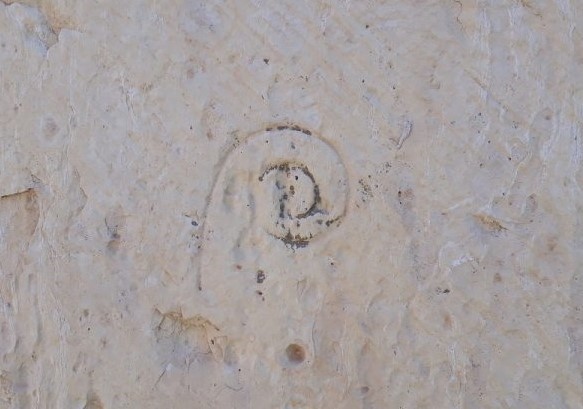This is My Stone

ירושלים בנויה מאבן. יתר על כן, סגנון החיפוי באבן, המזכיר בנייה מסורתית שאופיינית לירושלים העתיקה, אף זכה לכינוי "אבן ירושלמית". בתחילת תקופת המנדט הבריטי חוקק רונלד סטורס, מושל ירושלים הראשון, חוק עירוני המחייב כל קיר חיצוני של מבנה בירושלים להיות מחופה באבן. מטרתו של החוק, שנשאר בתוקף גם כיום, היא לשמר את המראה והסגנון של עיר הקודש, ולמנוע שימוש בחומרים מודרניים שישנו את האווירה הייחודית שלה.
ירושלים הייתה מוקפת חומה במשך אלפי שנים. חומת העיר נבנתה ונהרסה מספר רב פעמים בידי שליטיה השונים, וגם התוואי שלה זז והשתנה. עם כיבושה של ירושלים הצלבנית על ידי צלאח א-דין בשנת 1187 נפרצה החומה, ובשנת 1219 היא נהרסה לגמרי. ירושלים עמדה פרוזה במשך כ- 300 שנה, עד שנכבשה בתחילת המאה ה- 16 על ידי הסולטאן העות'מאני סולימאן המפואר, שהחליט לבצר אותה שוב. החומה העות'מאנית, אשר עומדת עד היום, נבנתה מצפון לדרום – שער שכם הצפוני נבנה בשנת 1538 ושער ציון הדרומי הושלם ב- 1542.
כדי לזרז את בניית החומה ולחסוך זמן, השתמשו הבונים בין השאר גם באבנים שפורקו ממבנים קיימים קודמים. דוגמא לשימוש משני כזה ניתן למצוא בתבליטי האריות, או ליתר דיוק הברדלסים, שמפארים את שער האריות, אשר נלקחו ממבנה קודם של השליט הממלוכי ביברס שסמלו היה ברדלס. דוגמא מעניינת נוספת לשימוש משני ניתן למצוא בפינת החומה הצפונית, מול בית החולים הצרפתי. בעת העתיקה קיבלו חוצבי האבנים את שכרם בקבלנות, לפי מספר האבנים שחצבו. לכן, נהגו החוצבים לסמן את האבנים שחצבו בסימנם האישי, כדי שיהיה ניתן לשייך אותן אליהם. סימן כזה מתנוסס על אחת האבנים ששובצו בחומה העות'מאנית. הסימן פונה במקרה כלפי חוץ כך שניתן לראותו, אולם סביר להניח שישנם עוד סימונים רבים נסתרים מעין בין אבני החומה.
(Anecdote authored by: עמיר)
(Number of views: 40)
